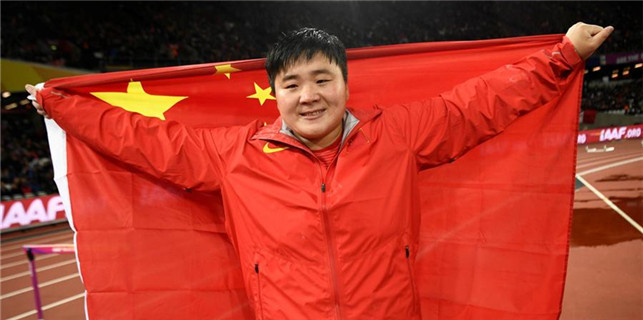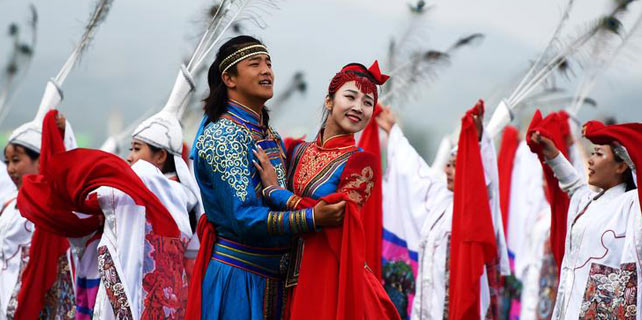With 'exotic'looks, Uygurs find opportunities in the entertainment business
 |
|
Uyghur actress Dilraba Dilmurat [Photo/IC] |
Uygur faces are finding their way to movie screens, phones, and billboards across China.
Members of the ethnic minority group have facial features that Chinese brands have deemed “attractive,” creating opportunities for talented Uygurs to break into the entertainment business as singers, models and TV stars.
One of the most famous Uyghur stars may be Dilraba Dilmurat, an actress who starred in the popular series “Swords of Legends”, and who played the lead role in the drama “The King’s Woman.”
Fellow Uyghur actress Gulnezer Bextiyar was recently named a Fendi brand ambassador – the first Chinese ambassador for the luxury brand.
Like other Uygurs, both Dilraba and Gulnezer hail from the Xinjiang Uyghur Autonomous Region. Located at the northwest edge of China, the region is home to the largest population of Uygurs.
The ethnic group has Turkic roots and speak a language that’s more similar to Turkish than Mandarin. Their script is derived from Arabic and their physical appearances resemble central Asians more than the Han ethnic majority that make up China.
Demand for men and women who share the same Eurasian characteristics as Gulnezer have been on the rise lately according to Dengyang Liu, founder of Fun Models, an online platform that connects models, actors and photographers to Chinese clients.
Though he cautions that Han Chinese still far outnumber the number of Uygur models, many of his Chinese clients are “looking for a face that have some Asian characteristics, but also have some kind of white Europeanness to it.”
What’s driving this demand? For Dengyang, it’s nothing new. He likens it to patterns he’s seen in other Asian countries, especially as cities become increasingly cosmopolitan. “Hong Kong, Taiwan, S. Korea, even Thailand…basically, faces with mixed Eurasian features were used as a symbol of a changing fusion trend in aesthetic standards,” says Dengyang.
















